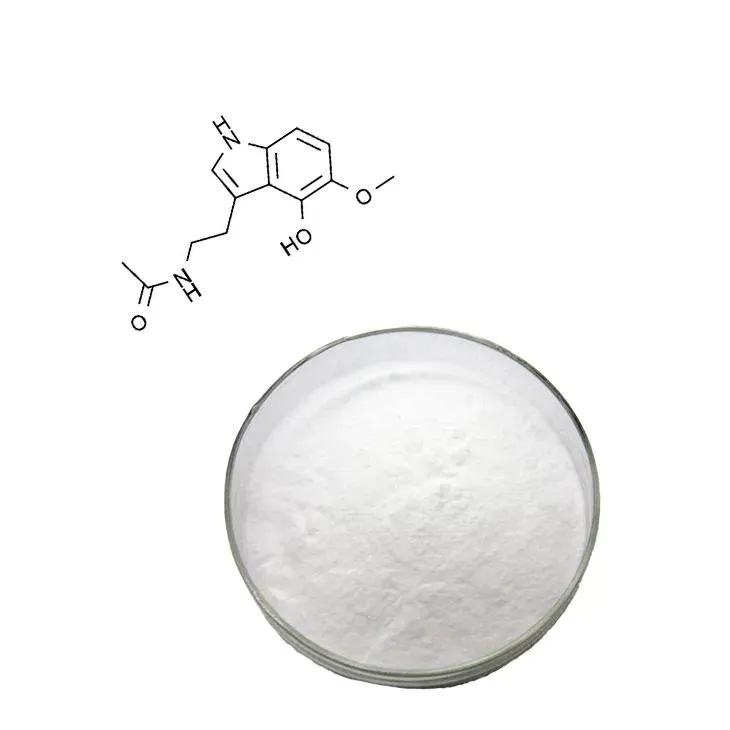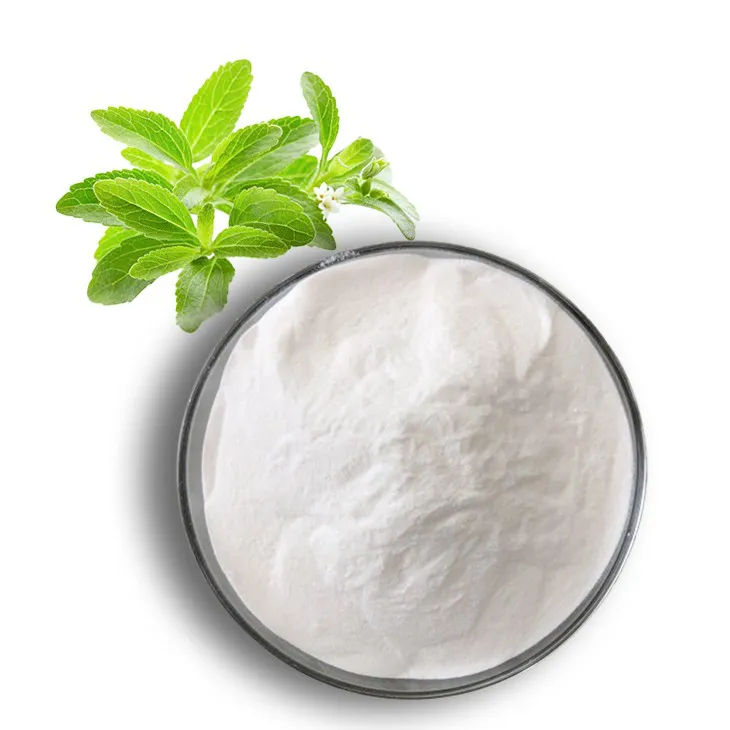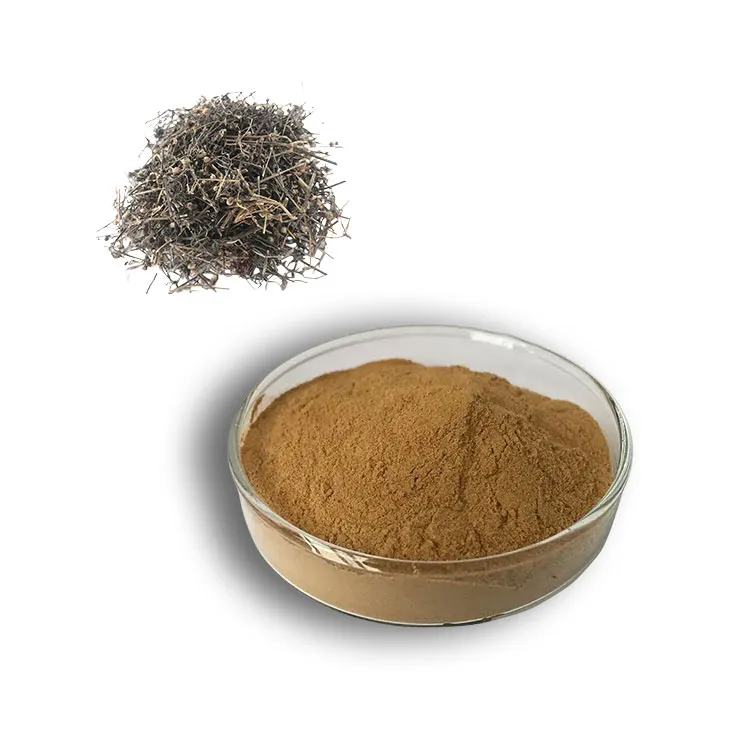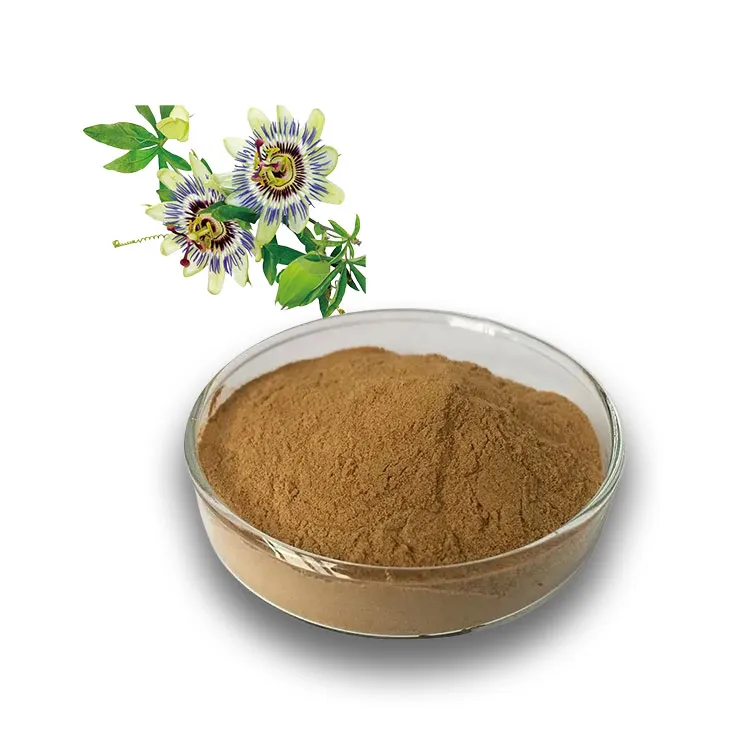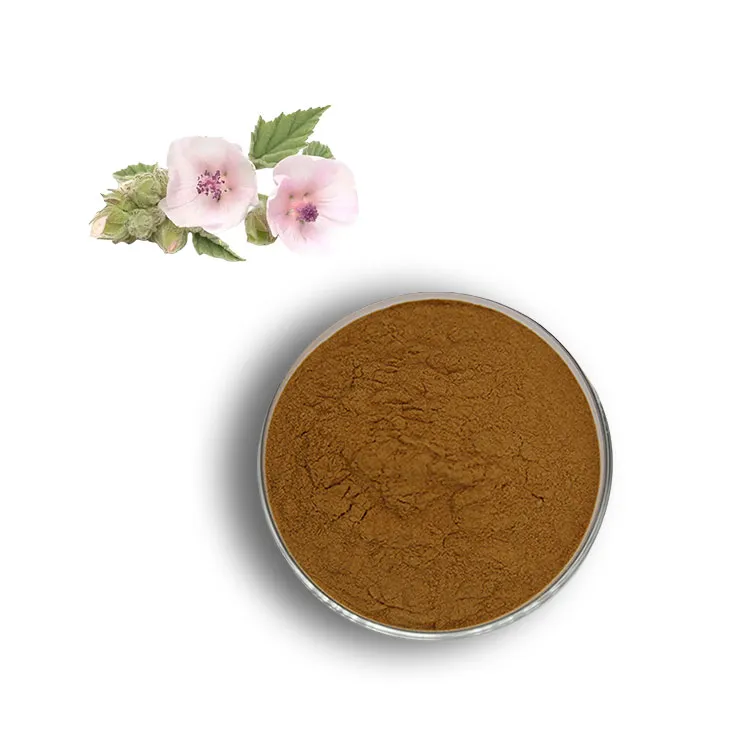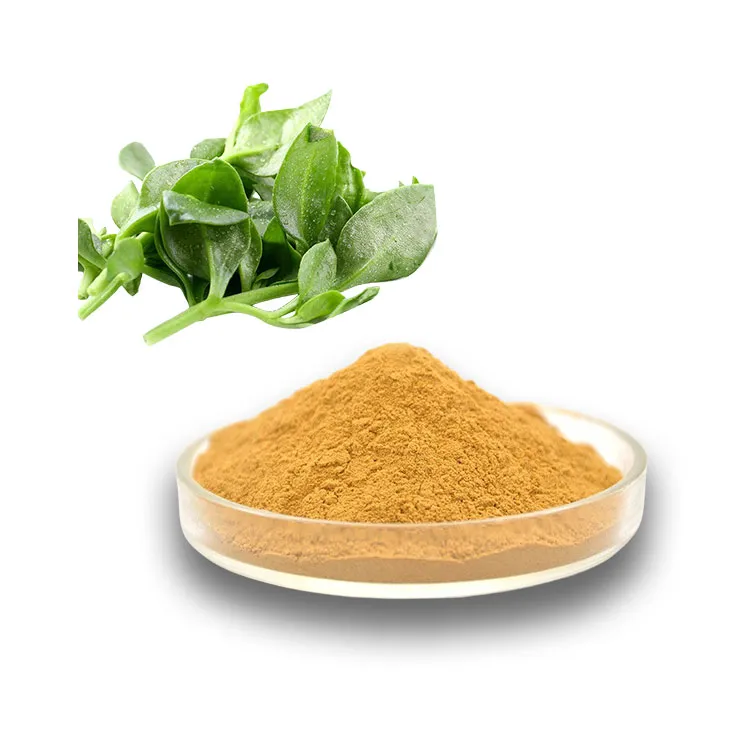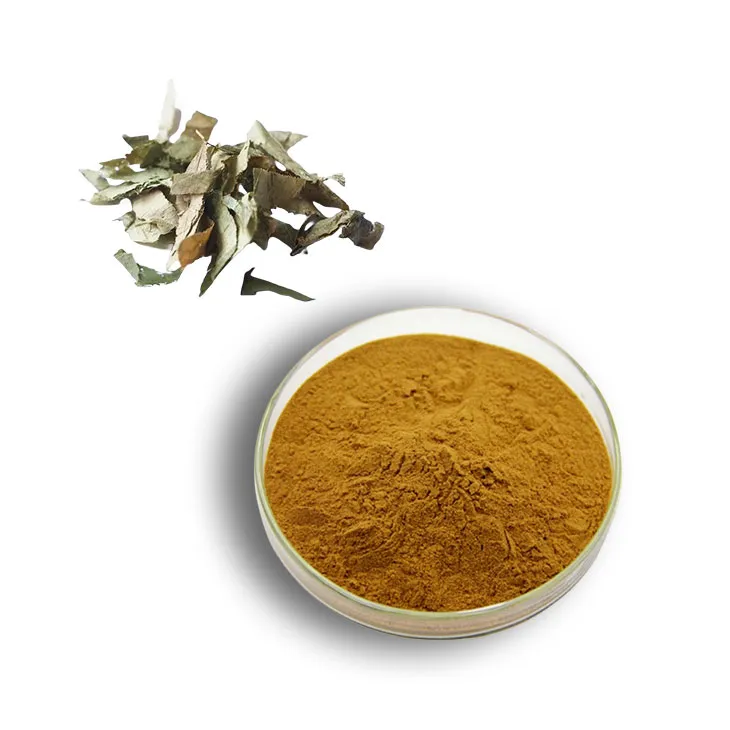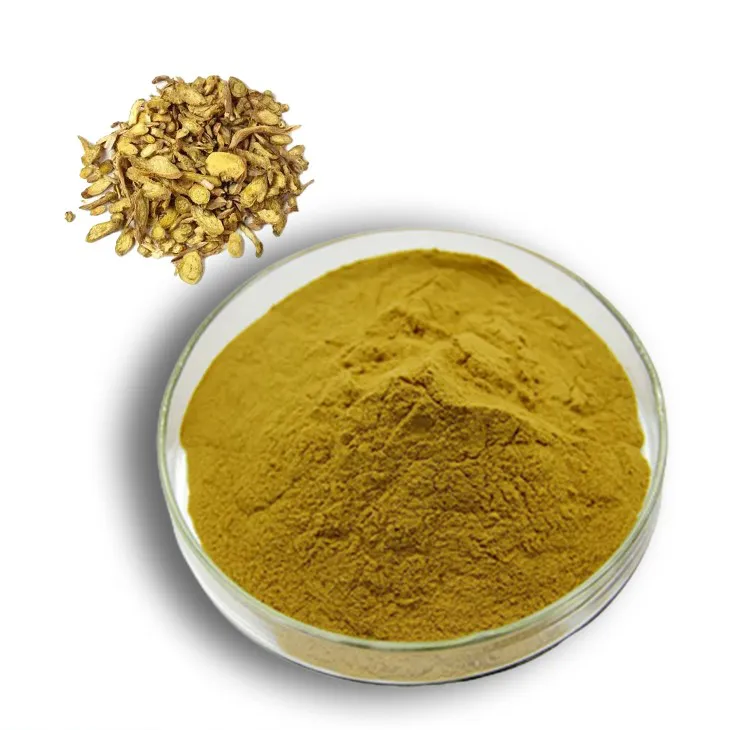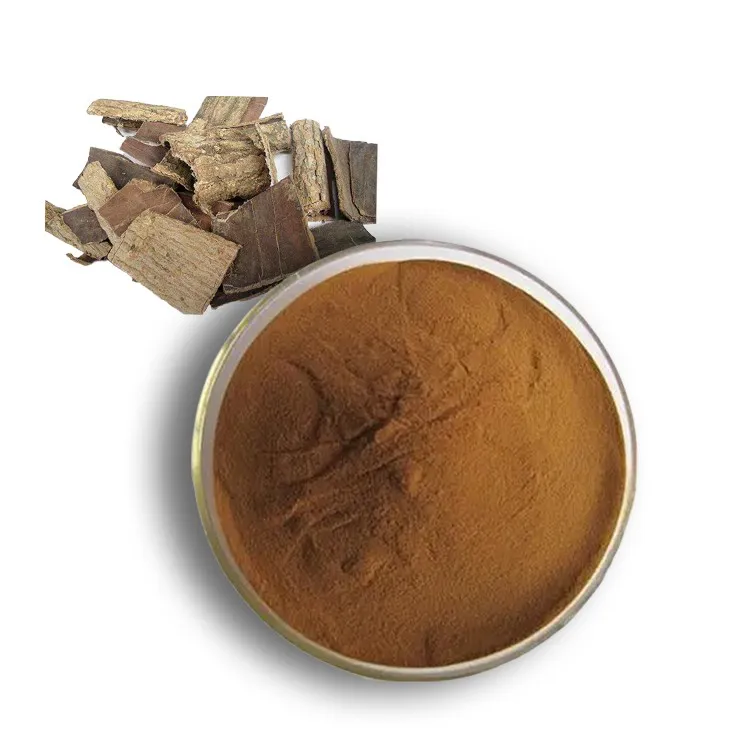- 0086-571-85302990
- sales@greenskybio.com
Properties of Grape Leaves: Are They Acidic?
2025-08-24
Grape leaves, primarily known for their use in culinary dishes such as dolmas and sarma, have been cherished in Mediterranean and Middle Eastern cuisines for centuries. These delicacies, commonly filled with rice and meat, highlight the versatility and unique flavor of grape leaves. Beyond their culinary appeal, grape leaves are also recognized for their nutritional benefits, including high levels of vitamins, antioxidants, and fiber. One question that often arises within both culinary and nutritional contexts is whether grape leaves are acidic. Understanding the acidity of grape leaves can impact their culinary use and nutritional value. This article examines the biochemical properties of grape leaves, focusing on their acidity and its implications.
The Biochemical Composition of Grape Leaves
Grape leaves are packed with various nutrients, contributing to their health benefits. They contain significant amounts of vitamins A, C, and K, alongside minerals such as calcium and iron. Additionally, grape leaves are abundant in antioxidants like flavonoids, which contribute to their anti-inflammatory and health-promoting properties.
1. Nutritional Profile
The leaves are low in calories and provide dietary fiber, essential for maintaining digestive health. This combination of nutrients makes grape leaves an attractive option for those seeking nutrient-dense ingredients while adhering to calorie-restricted diets.
2. Phytochemicals
Grape leaves contain various phytochemicals, including flavonoids, tannins, and resveratrol. These compounds are known for their antioxidant and anti-inflammatory properties, offering potential protective effects against various chronic diseases, including cardiovascular issues and certain types of cancer.
Acidity in Foods: What Does It Mean?
Acidity is a measure of the concentration of hydrogen ions in a substance, often represented by the pH scale. A pH value of less than 7 indicates an acidic substance, while a value above 7 indicates alkalinity. Foods can be naturally acidic, where their constituents directly contribute to an acidic pH, or they can become acidic through preservation or fermentation processes.
Acidity can influence food's taste, preservation properties, and even its interaction with the body's metabolism. In culinary contexts, acidic ingredients can provide a sharp, tangy flavor that enhances dishes, and their acidity can act as a natural preservative.
Exploring the Acidity of Grape Leaves
1. Natural Acidity
Grape leaves contain organic acids, including citric acid and tartaric acid, which are naturally occurring compounds within the leaves. These acids contribute to the leaves’ characteristic tangy flavor, which is why they are often used in combinations that highlight this property, like pickled dishes.
2. pH Level
The precise pH level of grape leaves can vary based on several factors, including the soil in which the grapevine is grown, the maturity of the leaves, and environmental conditions. While exact pH measurements for grape leaves themselves aren't universally documented, the presence of organic acids suggests that they possess a mildly acidic nature.
3. Influence of Preparation Methods
When grape leaves are used in culinary preparations, their acidity can be affected by cooking methods. For example, when grape leaves are canned or brined, they may exhibit increased acidity due to the preservation process, which often involves acidic solutions like vinegar or citric acid. Such preparations may enhance the leaves' tangy flavor profile and extend their shelf life.
Impact of Acidity on Health and Nutrition
Understanding the acidity of grape leaves is not merely a culinary concern; it has nutritional implications as well. While mildly acidic foods are generally well-tolerated, individual sensitivity can vary, particularly in people with conditions like acid reflux or certain digestive disorders.
1. Digestive Considerations
For most people, consuming acidic foods like grape leaves causes no adverse effects, and, in fact, the fiber content in grape leaves can aid digestive function. However, those sensitive to acidic foods might experience discomfort or exacerbated symptoms of acid reflux.
2. Nutritional Benefits
The organic acids present in grape leaves can contribute positively to nutrient absorption and digestion. Acids such as citric acid enhance the bioavailability of minerals like calcium, allowing the body to absorb these nutrients more efficiently.
3. Balancing Acidity
For individuals concerned about intake of acidic foods, pairing grape leaves with alkaline foods (such as nuts or whole grains) in dishes can balance the overall acid load. Additionally, cooking grape leaves or combining them with oil might reduce perceived acidity and enhance their culinary enjoyment.
Grape Leaves in Culinary Applications
The potential acidity of grape leaves enhances their versatility in culinary applications, offering both flavor and preservation properties. Here are a few popular uses:
1. Stuffed Grape Leaves
Dolmas, a traditional dish made with grape leaves stuffed with a mixture of rice, herbs, and sometimes meat, utilizes the leaves’ tangy flavor to contrast with the savory filling. The preparation method often involves cooking the leaves, which can slightly alter their acidity.
2. Pickled Grape Leaves
Preserving grape leaves with acidic solutions such as vinegar or brine heightens their tartness, making them a flavorful addition to various dishes. These prepared leaves often accompany salads or serve as garnish for Mediterranean-style appetizers.
3. Culinary Creativity
Modern gastronomy continues to explore the integration of grape leaves in innovative recipes, including wraps, rolls, and baked dishes, where their slightly acidic notes enhance the overall dish flavor.
Conclusion
Grape leaves, while possessing mild natural acidity, provide a diverse range of culinary and nutritional benefits. Their organic acids contribute a subtle tangy flavor that enriches dishes across various cuisines. Overall, grape leaves are an excellent addition to a balanced diet, offering vitamins, minerals, and antioxidants that support health while adding unique flavor to foods.
As with all foods, understanding how grape leaves fit into a personal dietary framework is essential. Those with sensitivities should consider their acidity levels, but for most, grape leaves represent a healthy, flavorful ingredient that can be enjoyed in many dishes. By balancing grape leaves with complementary flavors and textures, innovative culinary experiences can be created, leveraging their natural acidity for unique culinary results.
- ▶ Hesperidin
- ▶ Citrus Bioflavonoids
- ▶ Plant Extract
- ▶ lycopene
- ▶ Diosmin
- ▶ Grape seed extract
- ▶ Sea buckthorn Juice Powder
- ▶ Fruit Juice Powder
- ▶ Hops Extract
- ▶ Artichoke Extract
- ▶ Mushroom extract
- ▶ Astaxanthin
- ▶ Green Tea Extract
- ▶ Curcumin
- ▶ Horse Chestnut Extract
- ▶ Other Product
- ▶ Boswellia Serrata Extract
- ▶ Resveratrol
- ▶ Marigold Extract
- ▶ Grape Leaf Extract
- ▶ New Product
- ▶ Aminolevulinic acid
- ▶ Cranberry Extract
- ▶ Red Yeast Rice
- ▶ Red Wine Extract
-
melatonin extract
2025-08-24
-
Stevia Extract
2025-08-24
-
Hedyotis Diffusa Extract
2025-08-24
-
Passionflower Extract
2025-08-24
-
Medicinal Marshmallow Extract
2025-08-24
-
Andrographis Paniculata Extract Powder
2025-08-24
-
Epimedium extract powder
2025-08-24
-
Scutellaria Extract
2025-08-24
-
Eucommia Ulmoides Extract
2025-08-24
-
Ginger Extract
2025-08-24











